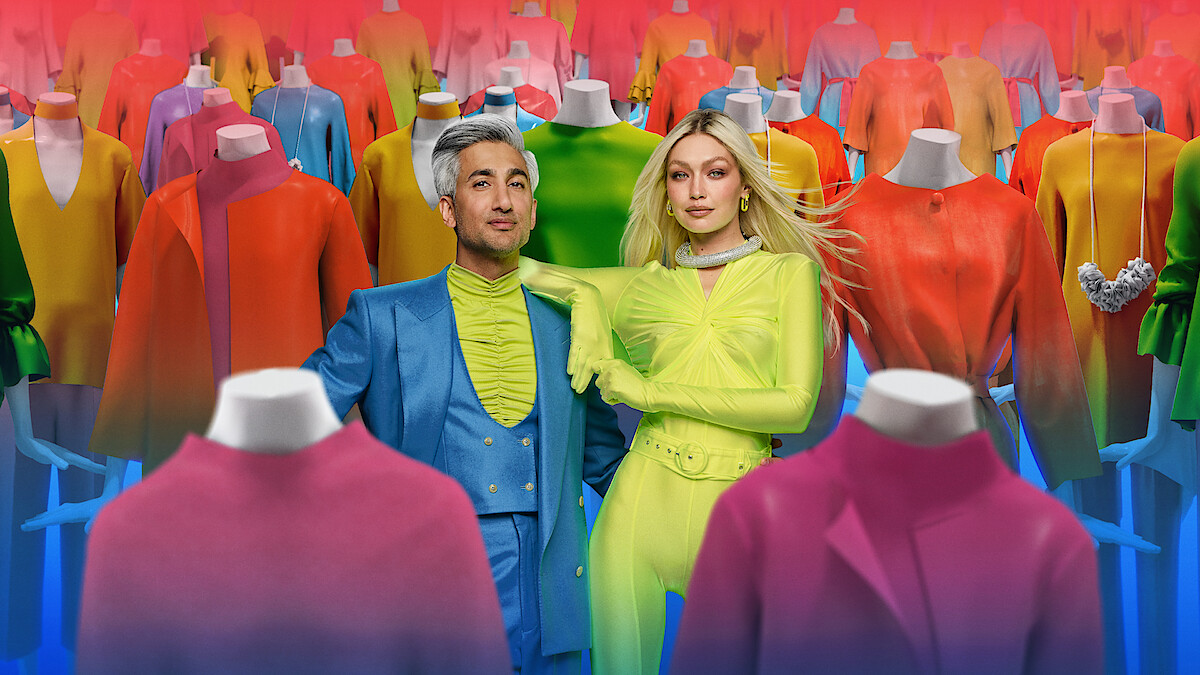Introduction
In recent years, reality TV has become more than just a source of entertainment. It has reshaped various industries, including fashion. From top-rated shows like Project Runway to Keeping Up with the Kardashians, reality TV has introduced a new wave of fashion influences. It has democratized fashion, made designers household names, and even changed the way viewers approach their own wardrobes. This article explores the significant impact of reality TV on the fashion world, examining how it shaped trends, brought fashion into the mainstream, and influenced the way we view style.
The Birth of Fashion Reality TV
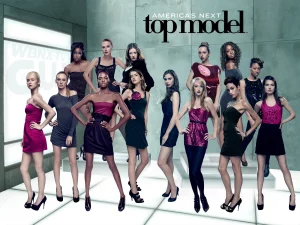
The origins of reality TV’s impact on fashion can be found in its early programs that emphasized design and style. Project Runway, which premiered in 2004, was one of the first major reality shows that centered around fashion. It introduced viewers to the creative process behind designing clothes and gave a platform to emerging designers. The show’s combination of competition, drama, and design challenges made fashion more accessible and relatable. It allowed viewers to witness the raw talent and hard work behind the glamorous world of fashion design.
The success of Project Runway paved the way for other fashion-focused reality TV shows, such as America’s Next Top Model, which brought modeling into the spotlight, and The Fashion Show, which continued the trend of making fashion design more public and accessible.
The Role of Reality TV in Shaping Fashion
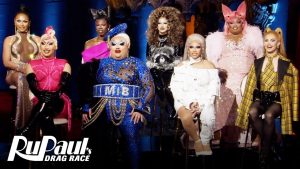
Reality TV plays a big role in shaping fashion trends. Shows like RuPaul’s Drag Race and The Kardashians have introduced bold, new looks that quickly catch on with the public. These shows allow fashion to evolve in real-time, with trends becoming popular almost overnight. Reality TV has also encouraged inclusivity in the fashion world, showing that style is for everyone, no matter their size, background, or gender. These shows give more people the chance to see themselves in the fashion industry, whether as contestants, models, or simply by being inspired by what they see on screen.
Reality TV and Fashion Trends: Shaping the Industry

Reality TV has become a trendsetter, influencing the fashion choices of millions. Shows like The Kardashians have had an undeniable impact on popularizing certain styles. The Kardashian-Jenner family’s fashion choices whether casual streetwear or glamorous red carpet looks—have dominated headlines for over a decade. Viewers often look to these reality stars for inspiration, fueling trends that quickly become mainstream.
Another major trendsetter has been RuPaul’s Drag Race. The show has brought drag culture into the public eye and has had a profound impact on fashion, beauty standards, and gender expression. The extravagant costumes, bold makeup, and over-the-top fashion choices on the show have inspired mainstream designers and beauty brands to embrace more inclusive and creative approaches to fashion.
The Democratization of Fashion

Before reality TV, high fashion was often seen as exclusive and out of reach for the average person. The world of runway shows, top designers, and couture collections seemed reserved for the elite. However, reality TV helped break down these barriers by showing the behind-the-scenes aspects of the fashion industry. Viewers could now see designers at work, learn about the creative process, and understand the challenges faced by models and stylists.
In shows like Project Runway and The Fashion Show, contestants often come from diverse backgrounds, bringing fresh perspectives to the table. This has made the fashion industry appear more inclusive and accessible. Viewers from all walks of life began to feel that they, too, could participate in fashion, whether by designing clothes, styling outfits, or simply embracing new trends.
The Rise of Fashion-Forward Reality TV Stars
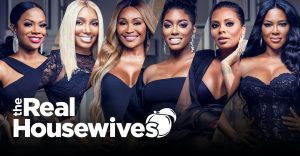
Reality TV has given rise to fashion-forward personalities who use their platform to influence fashion trends. Stars like Vanderpump Rules’ Stassi Schroeder and The Real Housewives cast members are known for their chic fashion choices, and their wardrobes have inspired millions. These celebrities bring fashion into everyday life, showing that high style doesn’t have to be limited to the runway.
By seeing these individuals on TV, viewers can envision themselves wearing similar outfits, sparking the desire to recreate the looks. This accessibility has blurred the line between high fashion and streetwear, making high-end style more attainable for the general public.
The Challenges of Reality TV Fashion
While reality TV has brought fashion to the masses, it has also come with its challenges. One major issue is the pressure on contestants to create designs that appeal to a broad audience, which can sometimes lead to the prioritization of drama over true creativity. Reality TV fashion can sometimes oversimplify the complexities of the industry, making it look easier than it really is. Another challenge is that many reality TV stars focus more on brand deals and personal fashion lines, which can distract from the art of fashion itself. Additionally, the influence of reality TV fashion can sometimes promote trends that are short-lived or unsustainable.
The Future of Reality TV Fashion
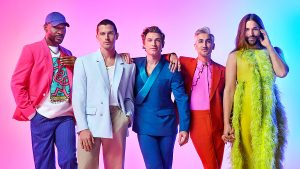
The future of reality TV fashion looks bright. As more people tune in to fashion-based reality shows, the industry will continue to evolve and become more inclusive. The integration of social media will likely play an even bigger role in shaping trends as reality TV stars connect with fans online. Shows will likely continue to focus on promoting diversity, allowing a wider range of voices and styles to be heard. In the coming years, we may also see more collaborations between TV stars and established fashion brands, making it easier for people to access the latest styles. The impact of TV fashion is expected to keep growing, shaping the industry in exciting new ways.
Comparative Table: Reality TV vs. Traditional Fashion Shows
| Aspect | Reality TV Fashion Shows | Traditional Fashion Shows |
|---|---|---|
| Accessibility | Broad audience reach, available to the general public | Limited to industry professionals and invited |
| Format | Competitive, often involving personal stories | Focus on showcasing new collections and designs |
| Audience Engagement | Viewers actively follow contestants and influencers | Audience engagement is limited to event attendees |
| Impact on Trends | Direct influence through reality stars and challenges | More subtle, often affecting industry insiders |
| Inclusivity | Often features diverse contestants and backgrounds | Can be exclusive, catering to high-end fashion only |
| Commercialization | Promotes collaborations with brands and personal lines | Focuses on designer collections for luxury markets |
Analysis Table: The Effects of Reality TV on Fashion
| Factor | Impact of Reality TV on Fashion |
|---|---|
| Trend Setting | Introduces new trends rapidly through the visibility of TV stars. |
| Fashion Democratization | Makes fashion more accessible to a wider audience, including everyday people. |
| Cultural Impact | Promotes inclusivity, diversity, and acceptance of different body types and fashion choices. |
| Economic Impact | Increases sales for brands and designers through endorsements and collaborations with TV stars. |
| Social Media Influence | Amplifies fashion trends through Instagram, TikTok, and other platforms, creating instant global reach. |
Conclusion: Reality TV’s Lasting Influence on Fashion
Reality TV has undoubtedly transformed the fashion industry. It has transformed the fashion industry into a more open, varied, and welcoming arena where trends are established not only on the catwalk but also in living rooms all over the world. Shows like Project Runway and Keeping Up with the Kardashians have influenced everything from personal style to high-end fashion collaborations. TV has blurred the lines between celebrity and everyday style, making it easier for viewers to connect with fashion trends and feel inspired to experiment with their own looks.
The fusion of entertainment, social media, and fashion has led to a democratization of style, making it clear that fashion is no longer confined to the elite. Instead, it is a vibrant, dynamic force that is shaped by diverse voices and influences, making it more exciting than ever before.

